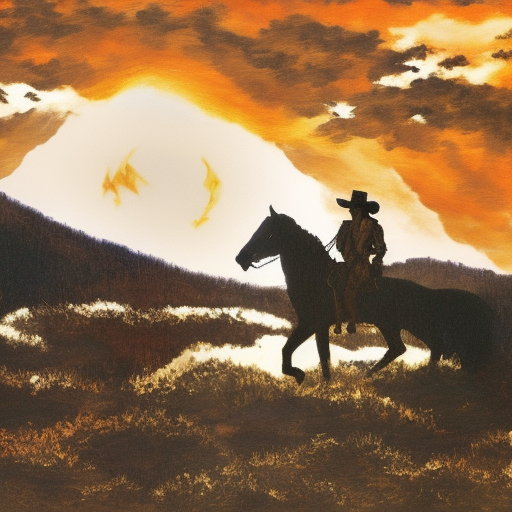Summary:
Westerns are a genre of literature, film, and television that typically depict the American Old West, a period in the late 19th century characterized by cowboys, outlaws, and frontier life. Westerns often explore themes of honor, justice, and the clash between civilization and the untamed wilderness. They have had a significant impact on popular culture and continue to be a beloved genre for many.
History of Westerns:
The Western genre emerged in the late 19th century with the publication of dime novels, which were cheaply produced adventure stories set in the American West. These novels often featured larger-than-life characters and thrilling tales of frontier life. The popularity of dime novels paved the way for Westerns in other forms of media, such as stage plays and eventually films.
Key Elements of Westerns:
Westerns typically feature a few key elements that define the genre. These include the setting in the American West, often in desolate landscapes, the presence of cowboys and outlaws, and the exploration of themes related to the frontier experience. The protagonist is often a lone hero, skilled with a gun and guided by a strong moral code. The plot often revolves around conflicts between lawmen and outlaws, or the struggle to establish order in a lawless land.
Evolution of Westerns:
Over the years, Westerns have evolved and taken on different forms. Classic Western films of the mid-20th century, such as “High Noon” and “The Searchers,” focused on the moral dilemmas faced by their protagonists. Spaghetti Westerns, a subgenre of Westerns made in Italy in the 1960s, introduced a more gritty and violent style, with films like “The Good, the Bad and the Ugly” becoming iconic examples of the genre.
Impact on Popular Culture:
Westerns have had a significant impact on popular culture, influencing not only other films but also literature, music, and television. The image of the cowboy, with his rugged individualism and sense of justice, has become an enduring symbol of American identity. Western-themed television shows like “Gunsmoke” and “Bonanza” were hugely popular in the mid-20th century, and Western-inspired music, such as country and western, remains a beloved genre.
Contemporary Westerns:
While the popularity of Westerns has waned in recent decades, the genre continues to be reinvented and reimagined. Contemporary Western films like “No Country for Old Men” and “Hell or High Water” explore the complexities of the modern American West and challenge traditional Western tropes. Additionally, Western-inspired video games, such as “Red Dead Redemption,” have gained a large following.
Legacy of Westerns:
Despite the changing landscape of popular culture, Westerns have left a lasting legacy. They have provided a platform for exploring themes of justice, morality, and the human condition. Westerns have also served as a lens through which to examine the history and mythology of the American West. While the popularity of Westerns may ebb and flow, their impact on art and culture remains undeniable.
In conclusion, Westerns are a genre that has captivated audiences for over a century. With their iconic characters, sweeping landscapes, and exploration of timeless themes, Westerns continue to be a beloved and influential part of art and culture.












